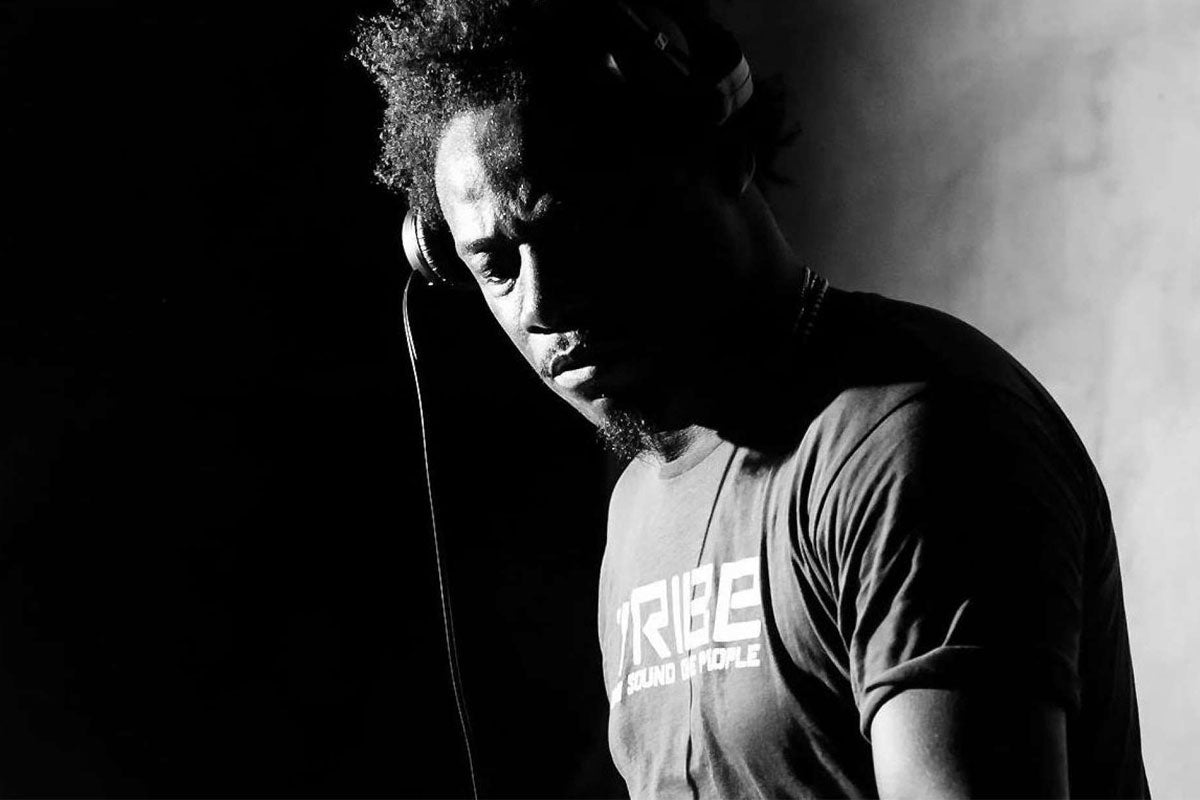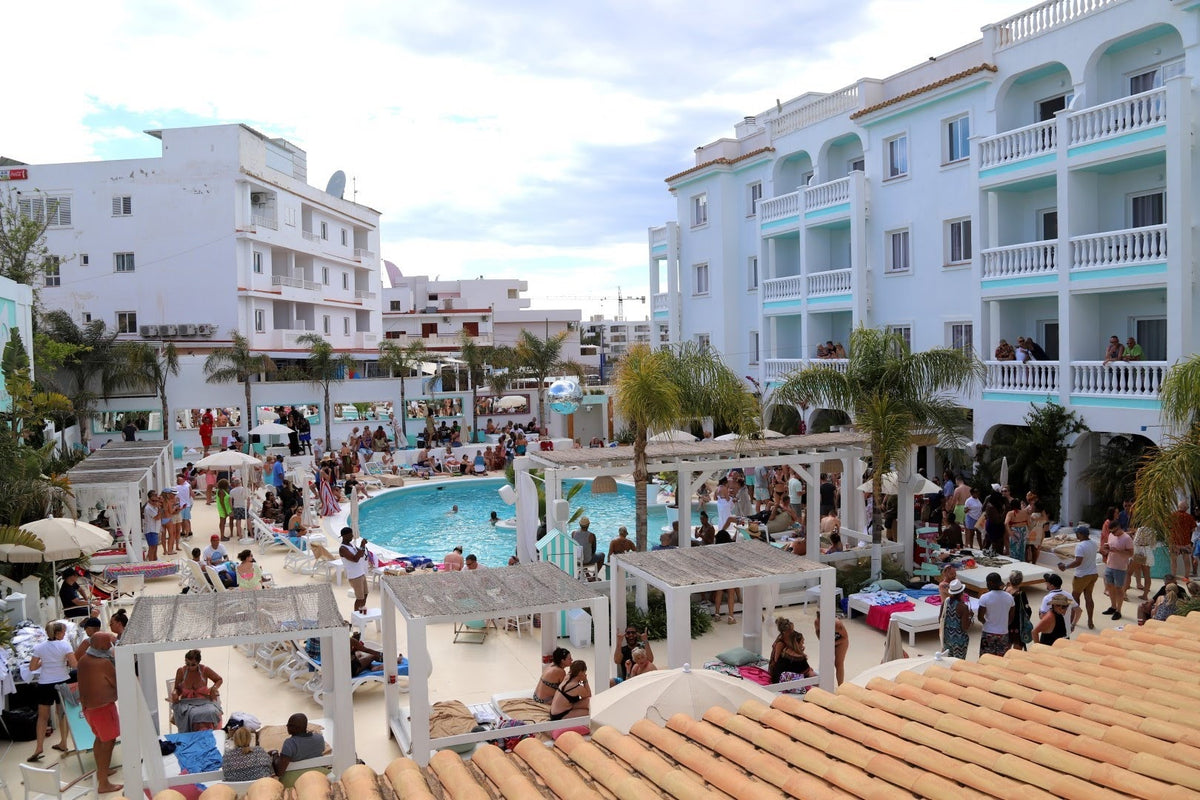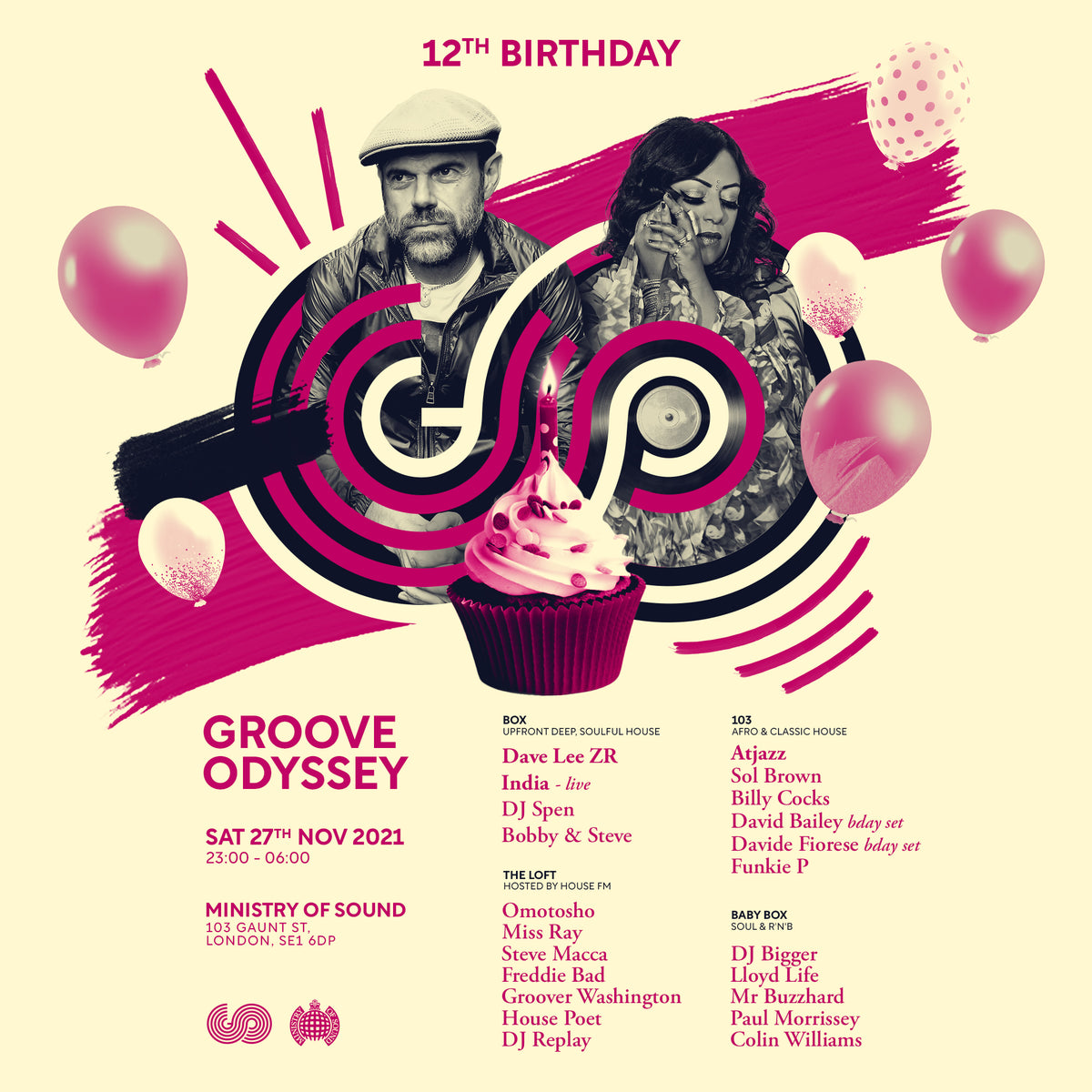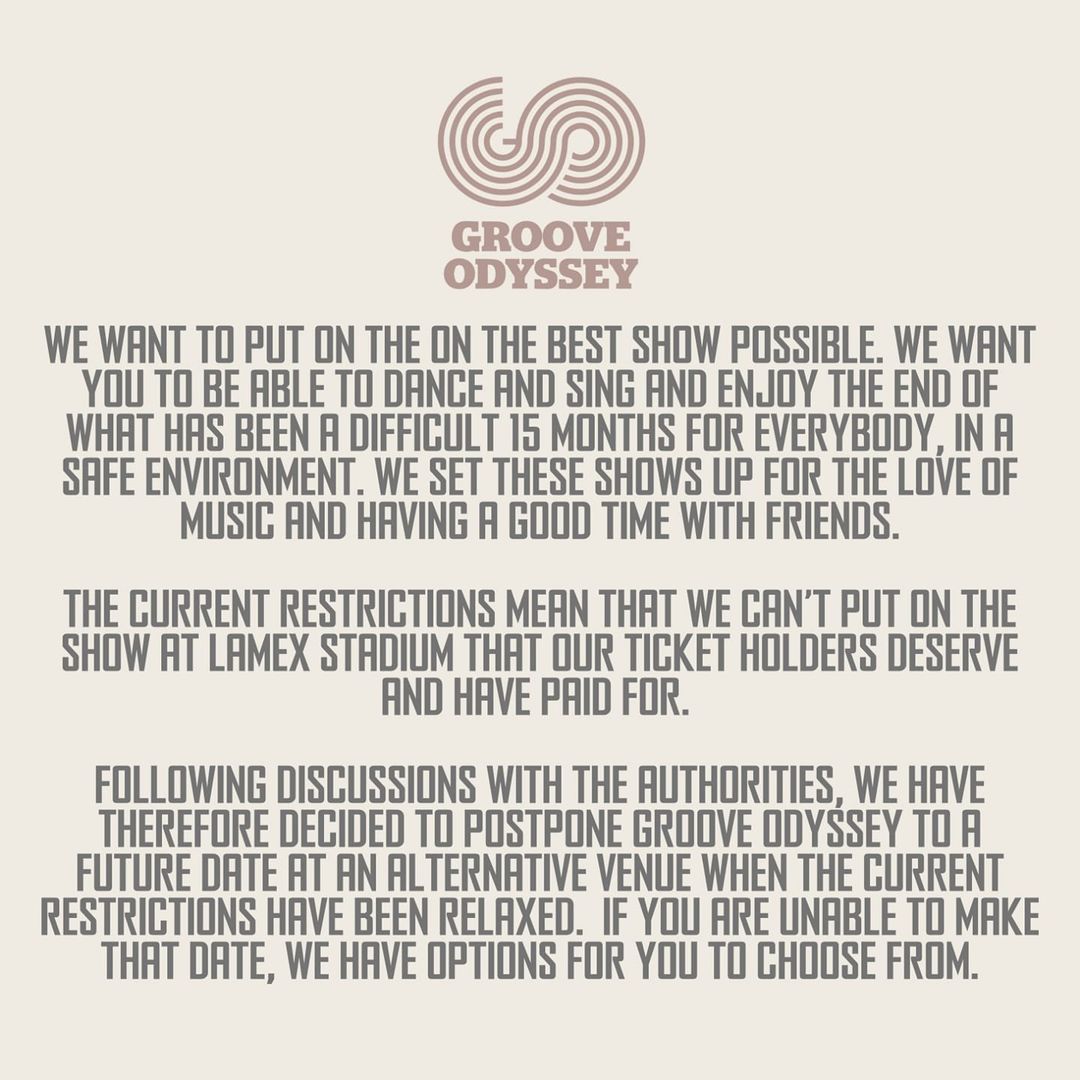Thanks a lot for running through these questions with us. How are you today?
My pleasure, I am well thanks, a bit jet lagged as I just arrived in Melbourne.
Now I wanted to first take you back to the Shock Sound system era. How old were you when you were in Shock?
That is taking me way back, a young lad. 15.
So how did Shock start out?
Sound systems have been a tradition in my family, amongst my siblings. [Shock] initially started by my elder brother Wes with Funksphere Sound, and was eventually passed down to myself and my brother Stan Zeff. This was around 1985. Later we were joined by local Harrow friends Ashley Beedle, Ricardo Da Force (RIP) Cecil Peters, Maynard Eziashi and Paul Denton in ‘86 and ‘87. We were playing various styles when we started – RnB, boogie, some rare groove, hip hop, but we all shared a love for a new sound coming through from the US: house.
Shock were one of the first sound systems to play house at Notting Hill Carnival, is that correct? What sort of reception did you get at the very beginning?
As far as I know, that’s correct… We started at carnival in ‘87 with the full crew as Shock. In those days all you had to do was turn up and pick your spot. We were late to arrive and ended up on (what was then) the outskirts of carnival, Powis Square. I remember we all felt a bit deflated because of our location, but it ended up working in our favour. Powis Square gave us the right opportunity to play the music we wanted with no expectations, as we were isolated from everything else going on.
At the time, we were playing mostly in the midlands at places like the Spectrum Club in Leicester and All Dayers in Derby. By 1987, house was already being played peak time in the parties so Carnival gave us the opportunity to introduce how we played up there to London.
The reaction was amazing because it was nothing like what people had heard before. The lyrics in the songs were more than simple love songs. They were very uplifting and the tempo was a complete turnaround to what was currently popular. The crowds got it and went into frenzies hearing tracks like Adonis “No Way Back”, Mr Fingers “Can You Feel It”, T-coy “Carino”, Derrick May “Strings of Life” and Joe Smooth “Promised Land” for the first time. To say it was emotional would be an understatement. Then in 1988 when we returned, it exploded. Those are the moments that will always stick with me as you would hear people coming up and bearing witness to how the music made them feel. Of course, you would get the odd ignorant remark (“stop playing that gay music”), but we didn’t care or take notice.
KCC were the next sound system to join us in the Powis Square area with Keith Franklin and Colin (Mr G) and then the isolated corner over the next few years became the house area of carnival. It felt so different to everywhere else as it was a true representation of London’s melting pot. We all felt as one.
What do you think is the importance of the sound system in British clubbing culture?
I feel passionate about the involvement of sound systems in British clubbing culture because it does not get the recognition it deserves. I would go as far as saying that the house scene as we know it would not have been so big in such a short space of time if it wasn’t for sound systems.
The UK sound systems would play illegal parties that we called blues. Every predominantly black neighbourhood had their local sound who would hire someone’s house to play in. Mostly popular amongst reggae and dub followers, there came a transition in the very early 80s when soul music started to gain momentum within the sound system culture. It was a forced independence that created an underground culture in Britain giving us the right sound experience and space to enjoy our music. Every weekend I would follow soul sounds like RapAttack and Mastermind who ran west London in those days or I’d travel to north London for Soul II Soul.
As we moved into the mid-eighties with house music, the only place you would be able to hear house was in the gay clubs. Heaven, Pyramid on a Wednesday night with the legend Colin Favor was an institution for me. I would be there almost every week.
Along with house music came a new breed of promoters hungry to throw parties, but who could only do it illegally because no club owners believed in the music. Sound hire companies were not renting out their equipment for illegal parties in abandoned warehouses. The only underground scene that had the experience of setting up for illegal parties was the sound system culture. Suddenly sound systems found themselves with a new source of revenue, renting out their equipment for illegal parties for the house scene. I would see systems like Good Times (Joey Jay), Java and Soul II Soul providing the sound for warehouse parties amongst many more well into the early 90s.
As a sound system, we got our break by supplying the sound for Clink Street, an old prison-turned-rehearsal-studio in London Bridge, when Paul Rip asked us to supply the sound for his legendary Clink Street parties, which ran every Friday and Saturday throughout the summer of 1988. Along with supplying the sound, we managed to secure the back room to play all night with Mr C. The main room was Kid Batchelor, Colin Favor, and Eddy Richards. For London, that was the real start of the house scene, and where I really learnt my craft as a DJ.
What age were you when you started producing? And what gear were you working with?
My first experience in the recording studio was writing a demo for my first band and playing drums at the age of 12, but I never really started producing in a studio for myself until I was 15. I would save up my money and hire local studios not really knowing what I was doing, armed only with chord progressions I had worked out on our family piano.
My aim was to learn from the engineers how to use the equipment. Now this was before the Notator or Cubase sequence software era, so I was working with an 8 track Fostex reel to reel in the studio utilising midi and step sequence to lay my music down or play live. Akai had just released the S900 around 1986 and that became my go-to machine for sampling vocals and drum sounds. Sampling the vocals to make a rhythmic pattern became the style in house around that time.
I remember recording the vocals for my first release ‘Give Me Back Your Love’. We had Carol Leeming come from Leicester and she smashed it. But then I needed to reconstruct the song into more of a house format for the dancefloor. To edit tracks in those days it was a painstakingly long process. We had to splice the master tape on a ¼ inch stereo Revox reel to reel, cue up, cut the tape and then tape it back together to get the song in the arrangement you wanted. I remember pasting back the tape the wrong way around creating a rewind effect and it sounded good so I kept it.
I did not have the money to have the gear I really wanted, at the time I only owned a Roland SH101, which I picked up cheap in a local second hand store. After I signed with Jack Trax Records, which was around early ‘88, I progressed onto further studios where I began to use Oberheim Matrix 1000, Ensoniq ESQ1 (that was my favourite keyboard), Roland 707, Akai 1000 sampler and Juno 106.
Your first big break came when you released ‘Give Me Back Your Love’ as Boyz In Shock, which has been described as the first soulful house record to emerge from the UK. What were your influences behind that track?
That’s quite an honour, thank you. I was influenced by so many sounds. The house tempo back then was faster especially because of the Detroit influences like Transmatt. Derrick May’s label had a big influence on me, and I remember wanting that tempo which was around 128BPM at the time. The Chicago rolling piano progression from Marshall Jefferson’s productions, Virgo Four always resonated an uplifting feeling and the song structure from the likes of Fingers inc and releases on East Coast labels like Movin records, Quark, Easy Street.
As much as I loved the instrumental side of house, acid and techno, it was when a song structure was presented on house music that it connected with me deeply. I wanted to represent this side of the scene with my production.
What did you feel when you found out that the track had earned the support of the likes of Frankie Knuckles and Tony Humphries?
I did not find out how much impact it had until later. We did not have the communication we have now to know how other countries are responding to our music and I never found out how much it sold. You would hear the odd comment from those who made the trip to NYC and say that they’d heard it being played at Zanzibar by Tony, which astounded me, but to be honest the impact came much later.
Still to this day I get surprised when people know that I wrote that track and state how big it was for their scene at the time. Jeff Mills included it on his all-time choices compilation and that for me was like wow – I had no idea Detroit got behind it and just last year I received a link from a friend to a video of Frankie playing it in Toronto in ‘88 with it being used as the soundtrack for the scene back then.
What came after ‘Give Me Back Your Love’? Did it open a lot of doors for you?
Yes, it did, but not in the way I expected. I developed a thirst to know everything about the industry and was intrigued as much from the business side as I was the creative. I went on to work in various areas from managing Black Market record store to becoming a production manager at Azuli record label, then on to running my own recording studio called Xosa and eventually becoming an artist manager and signing the first UK artists to Def Jam and DreamWorks respectively. This led me to work with the likes of Tim & Bob, R Kelly, Heavy D, Mos Def and a whole host of other US producers and artists as I branched out musically to explore other genres.
My thirst for also wanting to know the business side put my production in the back seat. But I always had it in the back of my mind to return to my first love and start a house label, I just wanted to wait for the right time for me. With all the knowledge I gained from the industry over the years, the time was right when I started Tribe.
You launched Tribe in 2009 with the motto ‘One Sound, One People’. What does that mean to you?
It says it all. I grew up in what is probably the most cosmopolitan city in the world and in a scene where your colour or sexual orientation didn’t matter, as I mentioned earlier, in the early years of house music. We were there for one reason and that was the music.
There was a lot of racism as well as phobias in the 80s and I truly believe it was house music that broke down a lot of those walls in society within my generation. Coming from this era opened my eyes. Yes, there was a lot of bad press because of the drug influence but inside the parties there was a oneness. All types of people would become friends that otherwise would not. I made some great friendships that I still hold dear today from this era and we would not have met if it wasn’t for the music.
So, the One Sound represents to me the music that we all feel, the vibrations, tones and frequencies are all from One Sound. The One People is the unification we gain because of music, allowing us to forget about the segregation that society imposes on us.
What other core values are central to Tribe?
To release music from the heart.
Provide a strong platform for true talent to be heard.
Follow our love for the music, not trends.
You’re now living in Berlin. What drew you to the city?
I simply needed a change from London and needed to be creatively stimulated again.
I visited Berlin once and felt that it had the right balance between living a creative, relaxed and productive life. Its club scene reminds me of London in the late eighties, very vibrant and free. The society is one that encourages you to think of others before yourself. It’s a city that has a community spirit.
Soon we’ll have the absolute pleasure of your presence when you join us for GO Ibiza in May. What do you enjoy most about playing the white isle?
I always feel the energy on the white isle. They say there are ley lines there and I can believe that, depending on your intention for visiting you can gain a sense of peace, excitement or reflection. Very few places allow you to have all these sensations. So, when the Groove Odyssey crew announced Go Ibiza, I thought what a great idea to bring soulful music in this way to a place that is rich in soul.
Can you describe your upcoming set for us in three words?
Unexpected, Soulful, Journey
And finally, what else can we expect from you in 2018?
I just released “Skyy” a rendition of the Raphael Saadiq classic “Skyy (Can You Feel Me)”. Collaborations with Miranda Nicole, Sara Devine, Divinity and Monique Bingham are on the way. A neo soul project. Releases coming on Suol records and No Fuss records. On Tribe, we have Nathan Adams’ new EP dropping just before the summer and my next compilation ‘The Soul I Lost’.
